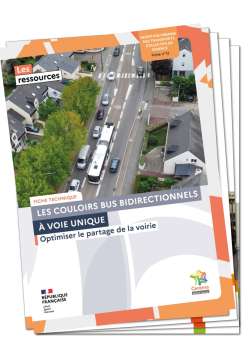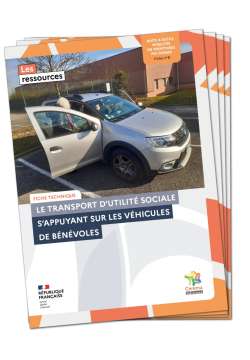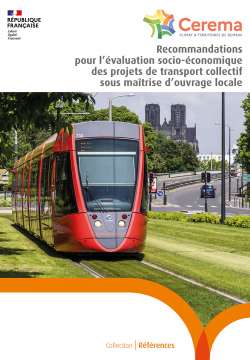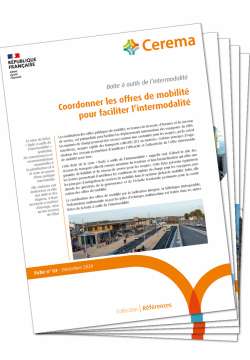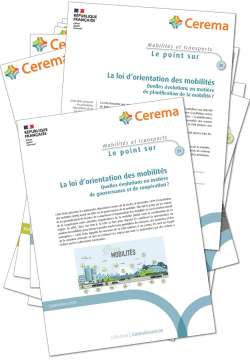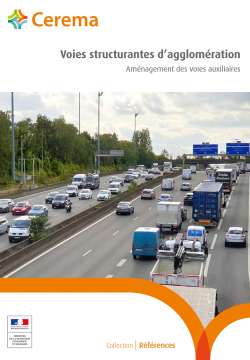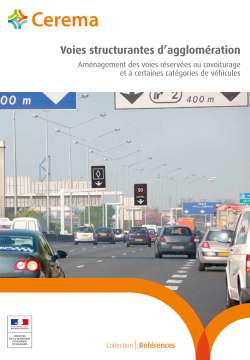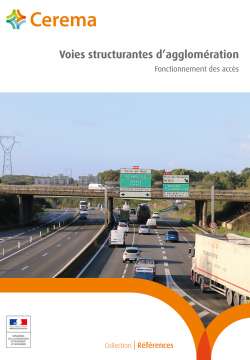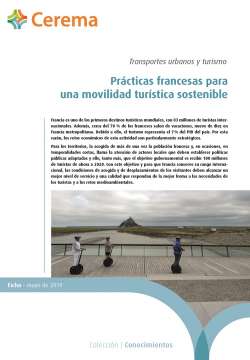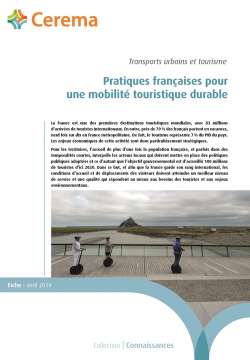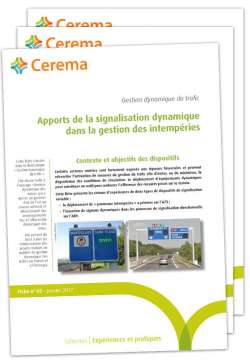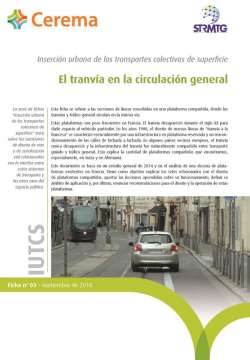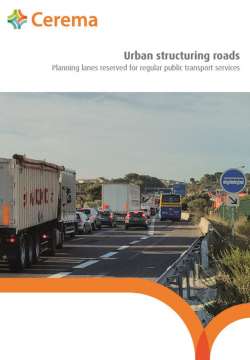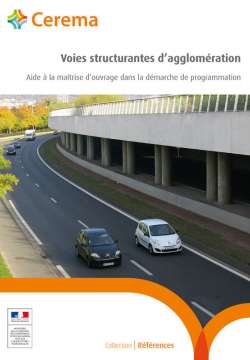
Urban structuring roads - Designing 90 and 110 km/h roads
This document provides geometric design information for these roads for straight sections and interchanges.
It concerns the research phases of the project and forms part of a series of publications on VSAs.
One of these publications, examining the initial considerations addressed by the contracting authority and project manager, provides further useful information.
Urban structuring roads (VSAs) replace the urban expressways (VRUs) defined in the French instructions concerning the technical conditions for the development of urban expressways (ICTAVRU) published in 1990. This new terminology has been adopted to respond to changes that have occurred in recent years.
Within this family, the VSA 90 and 110 is a road with motorway characteristics on which traffic runs at 90 or 110 km/h. Although it is isolated from its environment, it is considered urban insofar as it mainly provides access functions across the urban area. Interchanges are relatively close together, traffic is dense at daily rush hours and public transport may run on it. By the nature of its design, it offers a high level of service that makes it efficient throughout the transport system of a large urban area (high capacity and a high level of safety).
This document provides geometric design information for these roads for straight sections and interchanges. It concerns the research phases of the project and forms part of a series of publications on VSAs. One of these publications, examining the initial considerations addressed by the contracting authority and project manager, provides further useful information.
Introduction
Chapter 1 - General remarks
Chapter 2 - Horizontal alignment
Chapter 3 - Vertical alignment
Chapter 4 - Visibility
Chapter 5 - Cross-section
Chapter 6 - Interchange design
Chapter 7 - Existing infrastructure
Chapter 8 - Equipment and user services
Chapter 9 - List of acronyms
Chapter 10 - Glossary
Chapter 11 - Appendices


